



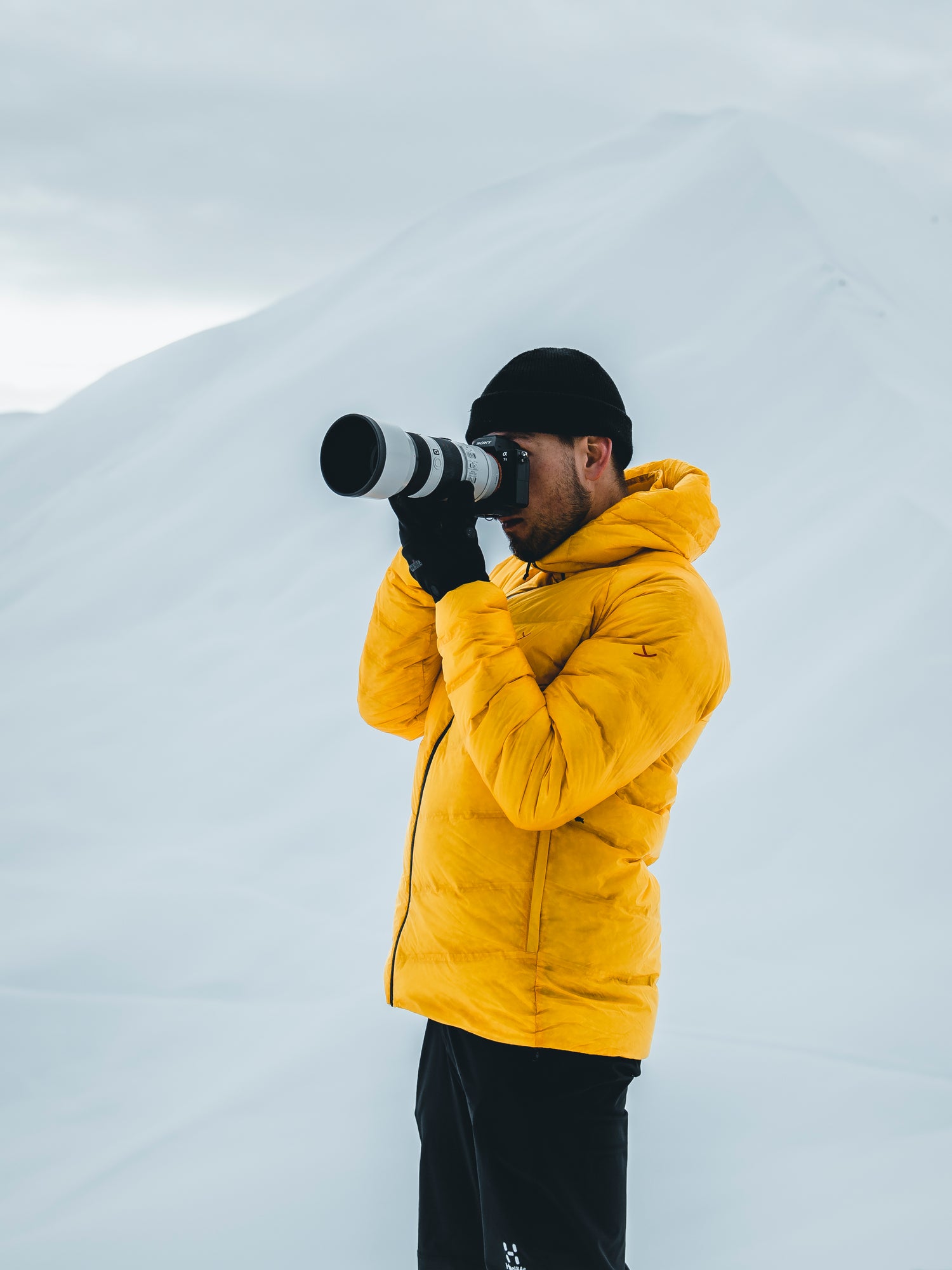
Sam – Instagram: www.instagram.com/samuuw
Rico – Instagram: www.instagram.com/ricoglck
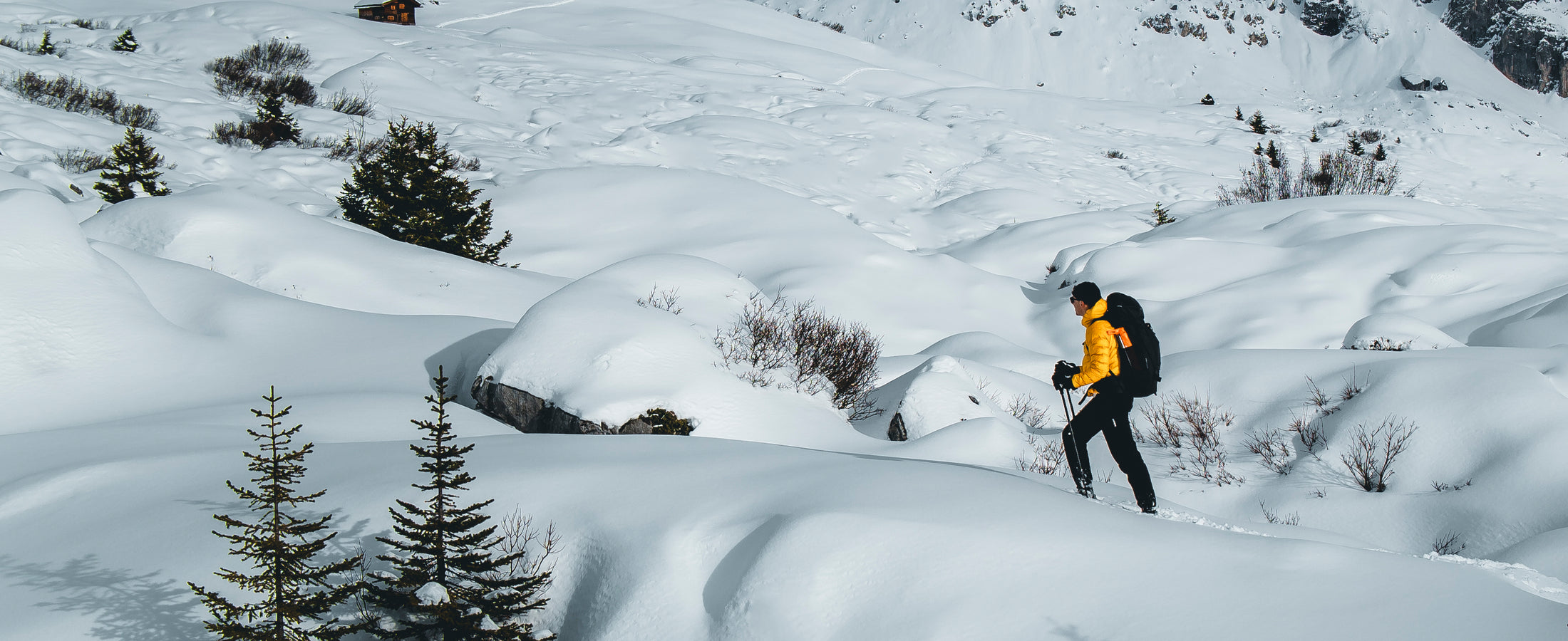
Sam & Rico
Rico and Sam are regularly in the mountains and document their tours with the camera. Whether with snowshoes, on skis or on foot: the mountains are explored by the two in summer and winter.
Nordisk
You come from Switzerland and Germany, and you like to be on the road in the mountains. Can you introduce yourselves and tell us why you are so drawn to the mountains?
Rico
I have been living in Constance on Lake Constance for 3 years now and have the Alps right behind my front door. In the beginning, I only looked at the mountains from a distance, but then I started to look for adventure in the mountains, following the motto "the more untouched and undiscovered the nature, the more exciting the adventure". The mountains surprise you again and again with unique moments that would have been unthinkable in advance. The unknown triggers a feeling of freedom in me. To capture and document my adventures, I always have my camera equipment in my luggage.
Sam
My name is Sam Winkler, I turned 30 last January and currently live about 20 km away from Zurich, in Baden, Switzerland. Already as a small child I was often with my parents in the nature and in the mountains on the way. At the beginning with a lot of joy and the urge to discover. Later, the interest gave way to playing soccer. But as I grew up, my fascination for nature and the mountains returned. What fascinates me most about the mountains is the vastness and the untouched nature. There I can switch off and be far away from the stressful everyday life in the city.
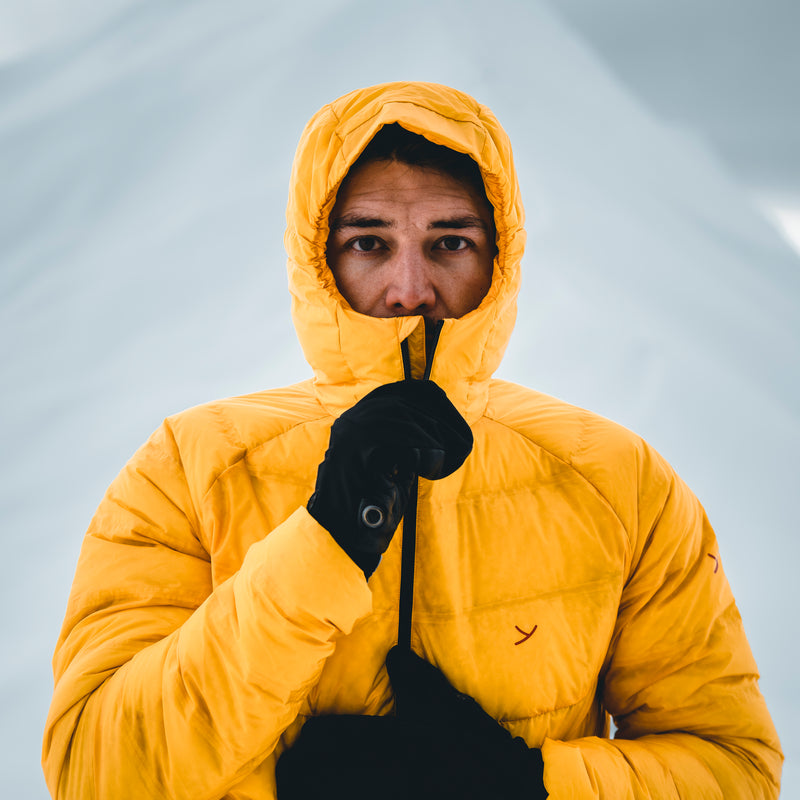
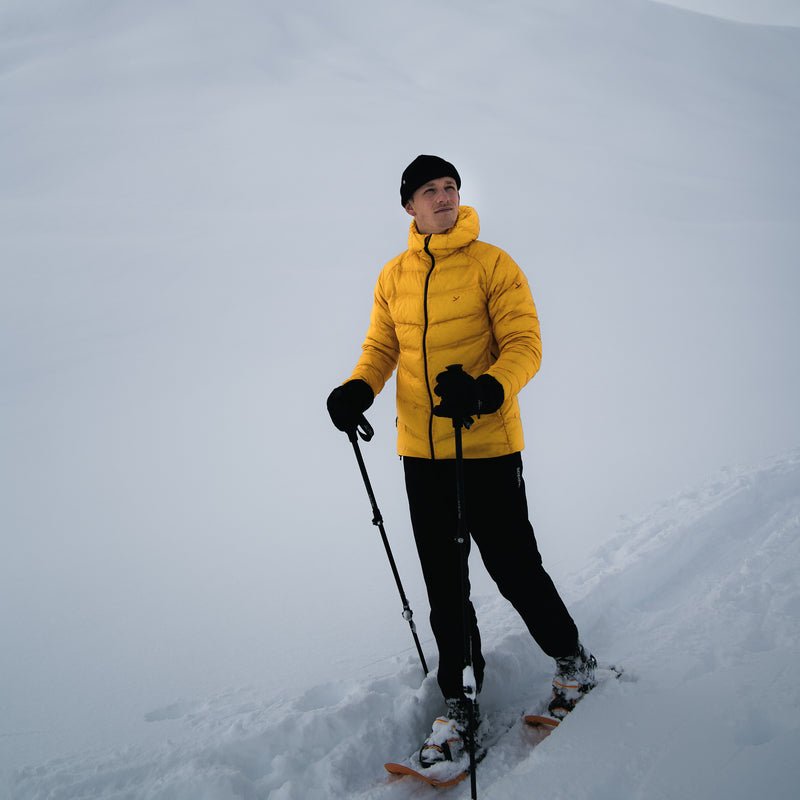
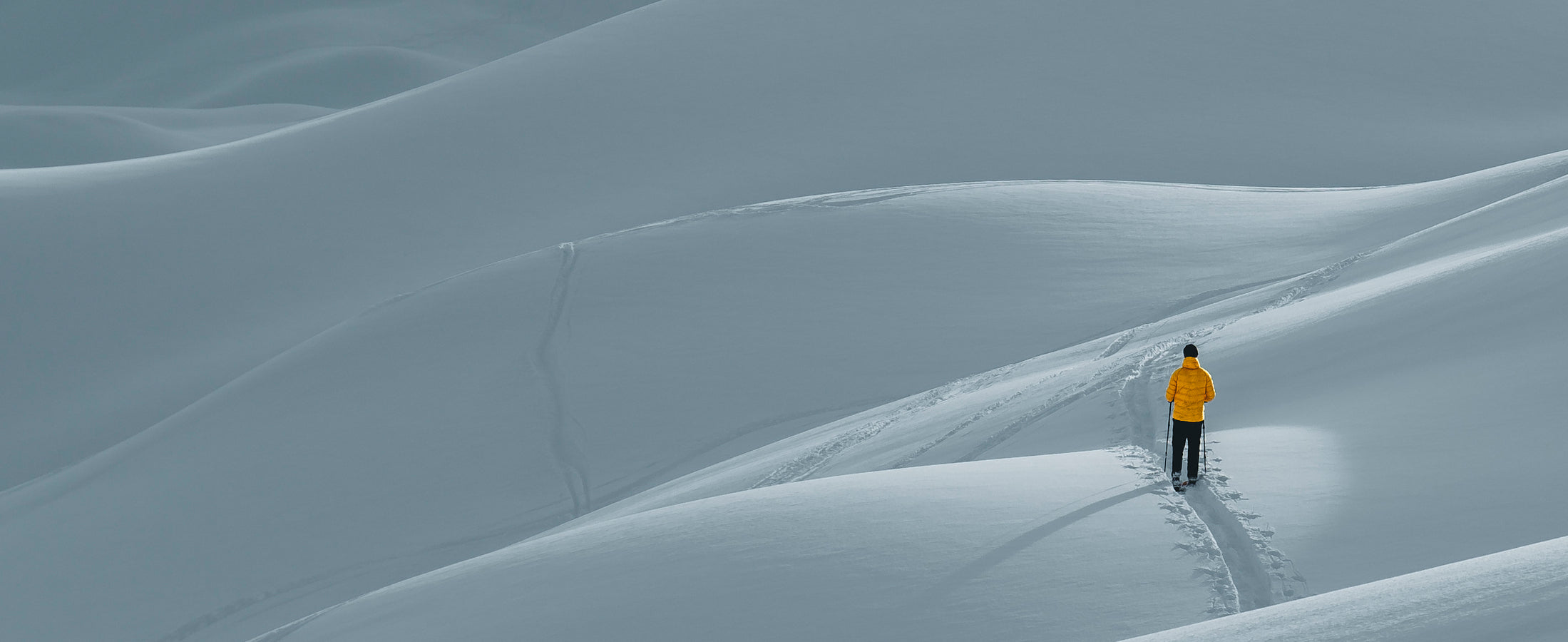
Nordisk
How did you get to know each other?
Rico
I was out last summer with my girlfriend above the rooftops of Appenzell mountains. We had planned to spend the night at the top and were therefore heavily packed with tent, food, and photo equipment. When we arrived at the top, we found that our planned sleeping place was already occupied. As it turned out later by Sam and a buddy, who were also on the road that evening in the Alpstein area.
Sam
My buddy Fernando and I were taking some photos of the breathtaking landscape when Rico and his girlfriend arrived at the top. For a good landscape photo, it is often helpful to have a person in the picture to better show the scale of nature and mountains. So, we chatted briefly with Rico and his girlfriend and asked them if they could stand on the next hill for a moment for our picture. That's how the whole adventure started. Later in the evening we all sat down together around the campfire, ate pasta, listened to the music of Kygo, exchanged ideas about all sorts of things and enjoyed our time in nature against a wonderful mountain backdrop.
Nordisk
You are not only on the road in summer, but also in winter. Do you have any tips on how to move safely on the mountain even as a beginner?
Rico
First and foremost, it is important to be aware of possible dangers on the mountain and to put a lot of emphasis on the planning (route, avalanche report, weather,...) of the tour in advance. Furthermore, it is important to have the appropriate equipment and clothing for his tour. This includes not only an avalanche transceiver in winter, but also the right choice of clothing. On the mountain itself, it's mainly about assessing dangers sensibly, weighing up each situation anew and not rushing into anything.
Sam
Planning is the be-all and end-all. If you clarify in advance of the tour where and what dangers could occur, most can be avoided in advance. Discovering and assessing these dangers requires some experience, so it is advisable to start with somewhat easier tours in less critical terrain and only gradually increase the difficulty. In addition, I think it is highly recommended to take part in a basic training course in avalanche awareness. There you learn from professionals on the mountain how to recognize and assess dangers, the use of avalanche beacons and how to behave in an emergency. In addition, one also learns the most important planning tools. There are courses from various providers (e.g. Zermatter Alpine School) already from 100 - 200 CHF per person.
Nordisk
Which region in Switzerland do you think is best for winter mountain adventures?
Rico
That is difficult to say for me. Every tour has its own special charm. Lately I've often been in Graubünden or in the Bernese Oberland.
Sam
Of course, this depends very much on the snow conditions prevailing at the time. This year I was actually mostly in the Bernese Oberland. Otherwise, the areas in the Praetigau, the Andermatt region and the Valais Alps are very popular, as these regions are usually known as relatively snow-sure.
Nordisk
There are also tours where you spend the night up on the mountain. What does a camp look like and what is important?
Rico
Planning in advance is particularly important. Of course, we have the necessary equipment with us, depending on the season. As soon as we arrive at the top of the mountain, we look for a suitable camping spot and set up our tent before it gets dark. One should consider that it becomes at night cooler than during the day and to have enough warm clothes and equipment.
Sam
Especially the low temperatures at night mentioned by Rico should not be underestimated. Even with daytime temperatures far above freezing point on sunny days, the thermometer can then indicate -10 degrees at night. This calls for good equipment. A warm sleeping bag and an air mattress with good insulation against the ground are always with us in winter. In addition, we always try to take as many different layers of clothing with us as possible, with a thermal shirt as a baselayer over a shirt, then a compact down jacket and a hardshell jacket over it ("onion-shell principle"). This is the best way to react to the changing weather and temperature conditions throughout the day.
Nordisk
What should not be missing on any tour?
Rico
Definitely the camera!
Sam
Yes, the camera should definitely not be missing on any of our adventures. In addition, a good rain and wind protection, a light down jacket and a headlamp are always with us. The weather in the mountains can change completely within minutes, so you always have to be prepared for that.